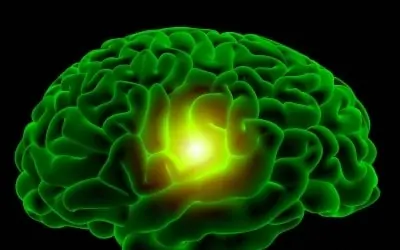
Stroke is a term used to denote cessation of a portion of brain function due to acute or sub-acute injury. A more common name steeped in Medical jargon is CVA or Cerebral Vascular Accident. Injury to brain tissues, denoting a CVA, occurs when the blood supply to any part of the brain is interfered with or disturbed. This interference is caused primarily by either blockage of the blood vessel, which supplies blood to the brain, or by acute hemorrhage into the brain substance, directly, by rupture of the vessel.
SUMMARY: A STROKE or CEREBRAL VASCULAR ACCIDENT is the result of loss of blood flow to any portion of the brain, either by a blood clot that develops within the blood vessels or from a clot or fragment of a Cholesterol plaque, which breaks off, distally, and travels to one of those blood vessels, which supply the brain tissue with blood. Depending on which portion of the brain is deprived of blood will determine the clinical presentation, from slurred speech to coma to paralysis of one side of the body.
Risk factors of Strokes include Hypertension, Obesity, Inactivity, Smoking, Hardening of the Arteries, Cardiac arrhythmias, etc. Changes in life styles and treatment of reversible disease processes are the best approach to preventing and ameliorating Strokes. Diagnosis at onset must differentiate between a Blood Clot and Hemorrhage. If a blood clot is implicated and the patient presents within 3 hrs. of the onset of symptoms, then thrombolytic therapy can be tried. If it’s greater than 3 hours, treatment is directed towards preventing further blood clots from forming, and aggressive rehabilitation. Hemorrhage as a cause of brain damage (Hemorrhagic Stroke) may require surgical evacuation of the blood clot.
Interference with blood flow is caused by the formation of a blood clot in one of the vessels supplying the brain with blood. This is referred to as a thrombus. If the blood clot, piece of cholesterol plaque, or piece of heart valvular growth, travels from a distant vessel or chamber to block the blood vessel, then it is referred to as an embolus. Thrombi occur in the blood vessels when the lining of those vessels become disrupted, causing fatty and other material to migrate into the lining resulting in plaque formation. These changes are referred to as Atherosclerosis, better known as Hardening of the Arteries. As we age the arteries in our body, become longer and more torturous, resulting in blood flow turbulence, which irritates the vessel lining and predisposes it to Atherosclerosis. Other factors, listed below, can accelerate this process. This Atherosclerotic plaque eventuates into narrowing the arterial passageway and, because of numerous factors, when it ruptures, there occurs a cascade of clotting mechanisms resulting in the formation of a blood clot (Thrombus), which usually completes the blockage of the blood vessel.
Occasionally, the thrombus may not completely occlude the vessel passageway, but a piece of the clot or even of the plaque may break off and travel downstream and block off one of the arteries, more proximal to and supplying the brain with blood. This embolus will therefore result in a STROKE. Emboli can occur from other sources besides from arterial thrombi. A bacterial or fungal growth or a blood clot on a defective or a prosthetic heart valve may fracture off and travel to the brain. In cases of an irregular heart rhythm, blood clots formed in the cardiac chambers do to eddy currents around the turbulence, may dislodge and travel to the brain. Even venous blood clots from the legs or pelvis may travel to the right side of the heart and exit into the left side of the heart through a congenital opening in the intraartrial wall and travel to the brain (Paradoxical embolus). Therefore, the two categories of blood deprivation or ISCHEMIC STROKES are Thrombotic Strokes and Embolic Strokes.
Rarely, Hemorrhage, due to acquired or congenital weakness of the blood vessel wall may occur, into the surrounding brain tissue, causing serious death of brain cells, resulting in a STROKE.
The blood vessels most frequently involved are The Carotid Arteries, the Basilar-vertebral Arteries, and the Intracranial Arteries.
EPIDEMIOLOGY
Strokes (CVAs) have been found to be the third leading cause of death in the United States. Even of the patients, who survive (approximately 2/3rds.), 50% of them will retain neurological deficits.
Beside Aging, other risks of Stroke are Hypertension, Diabetes, Hypercholesteremia, Smoking, Inactivity, Abnormal Blood Clotting Disorders, Gout, and Cardiac Arrhythmias.
CLINICAL PRESENTATION
The signs and symptoms of a CVA will vary depending on what portion of the brain has been injured by deprivation of its blood supply. In right handed persons (dominant right side), who sustain an injury in the left Broca’s speech area, there will be serious interference with their speech. They will present as Aphasic, that is, have jibberous speech. The connection between the vocal cords, etc. and the brain are cut. If the right sided speech area is injured in predominant left handed people, they will experience Aphasia. Since the opposite side of the brain controls the opposite of the body, right handed individuals will be paralyzed on the right side in left sided STOKES. The converse will be true in left handed persons with right sided STROKES.
Other symptoms and signs are Alterations in consciousness such as coma, confusion, inability to understand questions and commands, seizures, incooridination, awkward gait, partial loss of field of vision, facial weakness or asymmetry, dizziness, nausea, vertigo, vomiting, decreased sensation, loss of urinary or bowel control, etc. Any of the normal brain activities can be disrupted, depending on which vessel is blocked and what portion of the brain it supplied with blood.
A Neurological examination attempts to test all of these modalities,i.e., Cranial nerve function (I thru XII), sensory and motor activity, and reflexes.
DEGREES OF STROKE
Not all deprivation of blood flow to the brain culminates in brain death. Sometimes the blood flow is only transiently interfered with and the “stunned” brain tissue is allowed to recover, if the blood flow is reestablished quickly enough. This type of transient injury is termed:
T.I.A. (Transient cerebral Ischemic Attack)-This episode usually lasts 5 mins. or less, and the neurological signs and symptoms, such as a droopy mouth and slurred speech, will completely disappear within 24 hrs. A T.I.A. must not be ignored, even when the symptoms disappear, because it is often the harbinger of an impending Stroke.
R.I.N.D. (Reversible Ischemic Neurological Deficit)- This episode lasts greater than 24 hours, but resolves within 32 weeks without anly neurological residual. This too, is critical as a warning regarding a future impending permanent Stroke.
Stroke in evolution- This situation occurs when the neurological deficit becomes gradually more severe, spreading to other brain functions and intensifying the deficit of those already showing damage. This Stroke in Evolution will evolve over 2 hrs. and may continue for up to 2 days, and may progress to further damage later on.
The stable or completed Stroke is one that occurs acutely and becomes stabilized very quickly without further progression. It may, in fact, improve over the first week, as the inflammatory process receeds, and recovery may progress, especially under therapy, for the next 8 to 12 months.
DIAGNOSIS
The diagnosis of Stroke is based on the history of a sudden or recurring neurological deficit correlated by a Neurological examination which demonstrates the presence of unimpeachable neurological defects. The imperative action for the Physician, once a Stroke is suspected, is to order a Cat Scan of the Brain. This is done, even though in the first 24 hrs. it may be normal, in the presence of a thrombus or embolus, to rule out a hemorrhage. If there is no hemorrhage, which does show up almost immediately on CT scan, then the possibility of interventional therapy can be contemplated. The presence of Hemorrhage rules out the possibility of Thrombolytic therapy utilization.
Later, an MRI or MRA, Ultrasound of the Carotid Artery and heart, EKG, cardiac rhythm monitoring, or angiogram can be done to ascertain the origin of the thromboembolis and/or the severity of the patient’s Atherosclerosis.
TREATMENT
If it is ascertained that the individual has suffered a Stroke and that Stroke is secondary to a Thromboembolis, rather than a Hemorrhage, then the possibility of breaking down that clot to re-establish the blood flow and reverse the brain damage is a definite possibility.
However, the patient must have arrived at the Emergency Room and had the correct diagnosis of a Thromboembolic Stroke within the first 3 hrs. of the onset of symptoms of the Stroke. Then he may be given t-PA (tissue plasminogen activator) which serves to try and lyse the clot.
Some authorities have used Heparin as an anticoagulant in this situation to prevent the clot from enlarging and causing more damage. The jury is still out on this approach.
Reversal and treatment of the underlying thrombembolic potentiating risk factor is then attacked, in order to prevent more Stroke episodes. An irregular heart rhythm patient (one with atrial fibrillation) is anticoagulated and later, if possible, converted to a normal heart rhythm. Patients with large thrombi in their Carotid arteries under go surgery at a later date after a period of anticoagulation and cooling off, to have the thrombus removed or bypassed. Then rehabilitation is done with great intensity.
Surgical treatment of hemorrhagic strokes is recommended in some cases, with varying results.
PREVENTION
Since we are able to identify many of the risk factors in those who are most susceptible to STROKES, the most prudent approach is to enact lifestyles and medicine to prevent Strokes. Monitoring and treating Hypertension and Diabetes will diminished the chance of Strokes.
Loss of excess weight, exercise, cessation of smoking is very helpful. Medications to prevent formation of blood clots by interfering with the normal stickiness of platelets, by the use of anti-platelet therapy has been the cornerstone in preventative treatment.
ASA-because of it’s effect in inhibiting the production of prostaglandin, it has effected the release of clot activating substances from platelets. This has been shown to reduce the risk of recurrent strokes and progression of T.I.A.'s to strokes. There is some small increased risk for hemorrhagic stroke and gastrointestinal bleeding. 81 mg appears, at present, to be the ideal dose, daily.
Ticlopidine (Ticlid)- inhibits platelet aggregation. It reduces the risk of recurrent stroke, even better than ASA.
Clopidogrel (:Plavix)- prevents fibringogen at the site of the clot which decreases platelet binding.
Warfarin (Coumadin)- is an anticoagulant and is useful in patients with cardiac arrhythmias, artificial heart valves, previous strokes, myocardial infarctions, clotting abnormalities.
References:
Chronic Care Solutions, Marymount University Arlington, Virginia, USA
SukSH, SaccoRL, et al. The Northern Manhattan Stroke Study: Stroke 2003 May 29 ( epub ahead of Print).
Stroke risk factors and stroke prevention: Semin Neurol 1998; 18(4):429-40
